Kiyose City, Tokyo東京都清瀬市
Living in Kiyose City, Tokyo
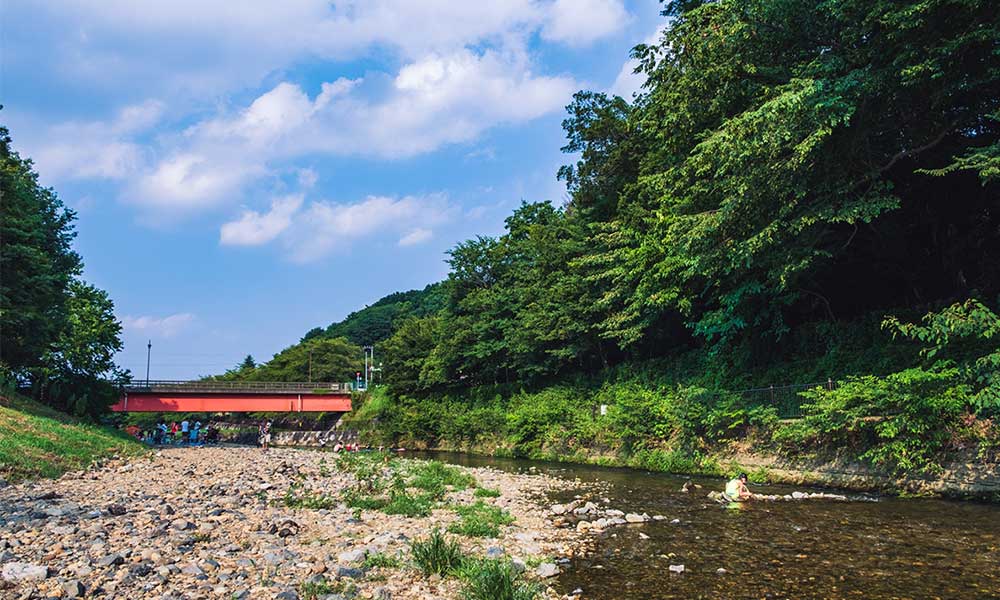
We have Summarized the livability of Kiyose City, Tokyo.
KITATAMA AREA北多摩地域
-
- TACHIKAWA CITY 立川市
-
- NISHITOKYO CITY 西東京市
-
- MUSASHINO CITY 武蔵野市
-
- HIGASHIKURUME CITY 東久留米市
-
- MITAKA CITY 三鷹市
-
- CHOUFU CITY 調布市
-
- KOMAE CITY 狛江市
-
- KIYOSE CITY 清瀬市
-
- HIGASHIMURAYAMA CITY 東村山市
-
- KODAIRA CITY 小平市
-
- KOGANEI CITY 小金井市
-
- FUCHUU CITY 府中市
-
- KOKUBUNJI CITY 国分寺市
-
- KUNITACHI CITY 国立市
-
- HIGASHIYAMATO CITY 東大和市
-
- MUSASHIMURAYAMA CITY 武蔵村山市
-
- AKISHIMA CITY 昭島市
CONTENTS
- What kind of place is Kiyose City, Tokyo?
- Kiyose CityPR video
- How is the traffic situation in Kiyose City?
- How are the rent and land prices in Kiyose City?
- How is childcare and education in Kiyose City?
- How about shopping in Kiyose City?
- How about jobs and recruitment in Kiyose City?
- Kiyose City’s unique subsidy/subsidy system
What kind of place is Kiyose City, Tokyo?
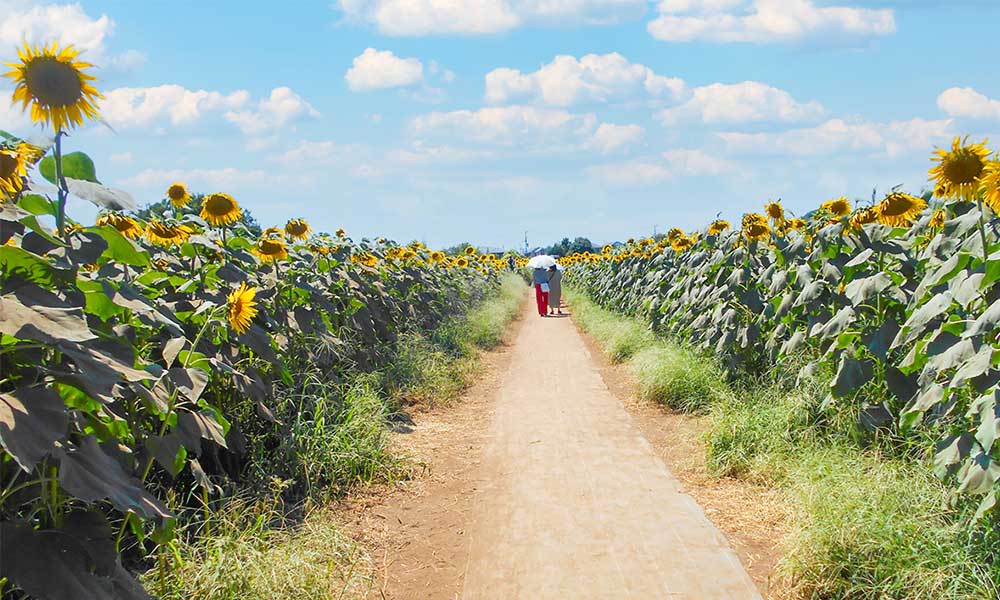
Kiyose City: a suburban town surrounded by nature and a quiet residential environment
Kiyose City is located in the central to northern part of Tokyo and has an area of approximately 10.23 square kilometers.
It borders Tokorozawa City, Saitama Prefecture to the north, Niiza City, Saitama Prefecture to the east, Higashikurume City to the south, and Higashimurayama City to the west.
It has a population of approximately 74,000 and approximately 36,000 households. (As of June 2023)
It is located on the Musashino Plateau and has a long and narrow shape. The Yanase River flows through the northern part of the city, and although the terrain is higher in the west and lower in the east, there is not much difference in elevation and the terrain is mostly flat.
Kiyose City is a region with a lot of nature, with green space accounting for approximately 46% of the city area and farmland accounting for approximately 20%.
On the farmland, spinach, carrots, chestnuts, blueberries, and other crops are cultivated, and carrots in particular are a specialty of the city, and processed foods such as jams and juices are also actively produced.
In recent years, the number of residential areas has been increasing year by year, and there are many areas where farmland and housing are adjacent to each other.
The history of Kiyose City began in 1889 when it was incorporated as a town and seven surrounding villages merged to form Kiyose Village.
The first railway line was laid in this area in 1915, and Akitsu Station was opened in 1917, followed by Kiyose Station in 1924.
In 1954, it became Kiyose Town, and in 1970, Kiyose City was born.
At the start of the Showa period, the number of tuberculosis patients, which was considered incurable, began to increase, and in 1931, Tokyo Prefectural Kiyose Hospital was built here, followed by many army military sanatoriums.
Due to this historical background, medical institutions are still concentrated in the south side of the city, and medical educational facilities such as the National College of Nursing and Meiji Pharmaceutical University are also scattered here, making it famous as a “medical town.”
There are also many tourist spots in Kiyose City.
Hie Shrine is located along Shiki Kaido, about a 14-minute walk from Kiyose Station, and is within walking distance, but there is also a large parking lot on the premises, so you can also go by car.
This shrine has a history of over 400 years since its founding, and is crowded with worshippers during the Shichigosan and New Year holidays. Suitengu Shrine is also nearby, so it is popular for prayers for safe childbirth.
Kiyose City Local History Museum exhibits local traditional crafts and excavated items from the Jomon period. It is a facility that the whole family can enjoy, with videos, explanatory panels, and model homes used to display and introduce each era, and various events are held.
“Kiyose Kanayama Green Park” is the largest urban park in the city, and its vast grounds are a reproduction of the nature of Musashino, with seasonal plants and flowers planted. It also cultivates fireflies, and since its opening in May 1986, it has been loved by citizens as a symbol of the city.
The grounds cover an area of 19,943 ㎡.
Kiyose City has positioned the Yanase River basin as a sports and recreation zone and developed it. Kiyose Kanayama Green Park was developed in this way.
The theme of the park is a reproduction of the nature of Musashino. Trees such as zelkova and oak trees, and wild plants such as kumazasa are planted. Fireflies are cultivated in the stream that runs through the park, allowing you to enjoy beautiful nature according to the season.
A famous event in Kiyose City is the “Kiyose Sunflower Festival” held every year around July. Approximately 100,000 sunflowers appear on a vast farmland of about 24,000 square meters.
The sunflower fields became famous for the beautiful scenery of ordinary farmland owners cultivating sunflowers as fertilizer, and are now open to the public for a limited time. This event is held with the cooperation of local farmers. During the period, there are events such as a photo contest, and fresh vegetables and cut sunflowers from nearby fields are sold, making it a very lively event.
PR video of Kiyose City, Tokyo
Kiyose City Promotional Video “Communicate”
Sunflower Story – A summer story of people and towns connected by sunflowers
How is the traffic situation in Kiyose City?
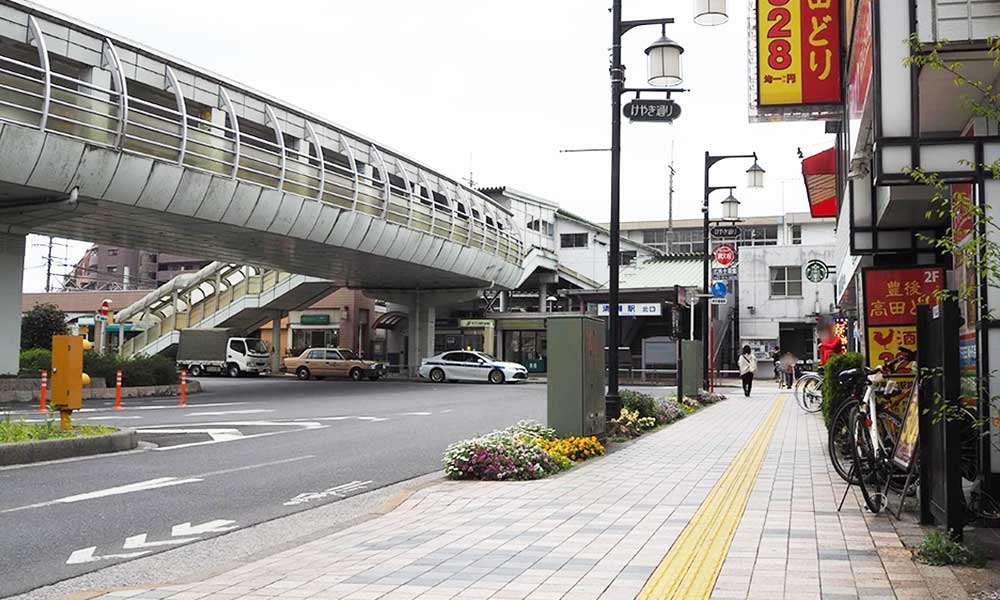
Kiyose City is close to the city center and has a good bus network.
There is only one station in Kiyose City, Kiyose Station on the Seibu Ikebukuro Line.
It takes about 51 minutes to get from the station to Tokyo Station, and about 40 minutes to Shinjuku Station.
Seibu Bus operates local buses within Kiyose City.
You can also use the community bus “Kiyo Bus,” which travels around the city’s major facilities.
There are no expressways or national highways accessible from Kiyose City.
There is only one train station, but it is relatively convenient, with a direct line to Ikebukuro in 30 minutes. There are also many bus routes.
If the train is delayed, it is difficult to find alternative transportation as there is only one station. Many of the roads are narrow, and there are many areas where traffic jams occur during rush hour, making it difficult to drive.
How are the rent and land prices in Kiyose City?
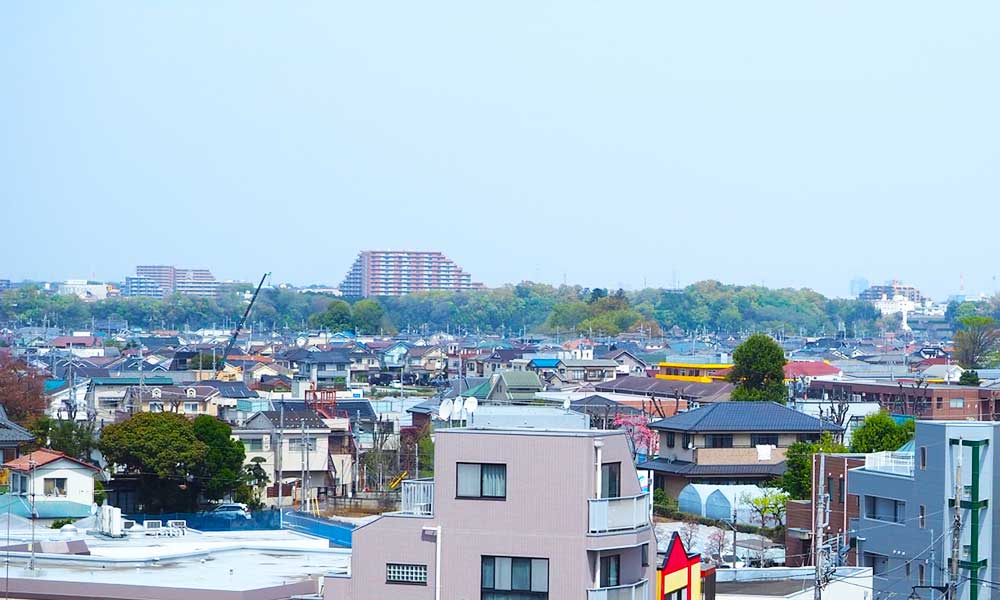
Kiyose City is a pleasant place to live, with quiet residential areas and abundant nature.
According to information from a real estate information website, the average rent in the city for a newly built apartment within a 10-minute walk from the station is about 65,000 yen for a 1K and 87,000 yen for a 2DK.
The average land price is about 670,000 yen per tsubo.
The average price of a newly built apartment is 36,470,000 yen, the average area is 47.3 m2, and the average price per tsubo is 2,549,000 yen per tsubo. (As of 2018-2022)
The city has a relatively large number of detached houses, and since it is not a densely populated residential area, it is possible to obtain a spacious living environment. Overall property prices are lower than in central Tokyo. However, even within Kiyose City, properties located in areas close to the station or in quiet residential areas tend to be more expensive.
It is a relatively quiet area, not a densely populated residential area, so you can live in a relaxed environment.
Prices of condominiums near train stations have been rising in recent years.
How is childcare and education in Kiyose City?
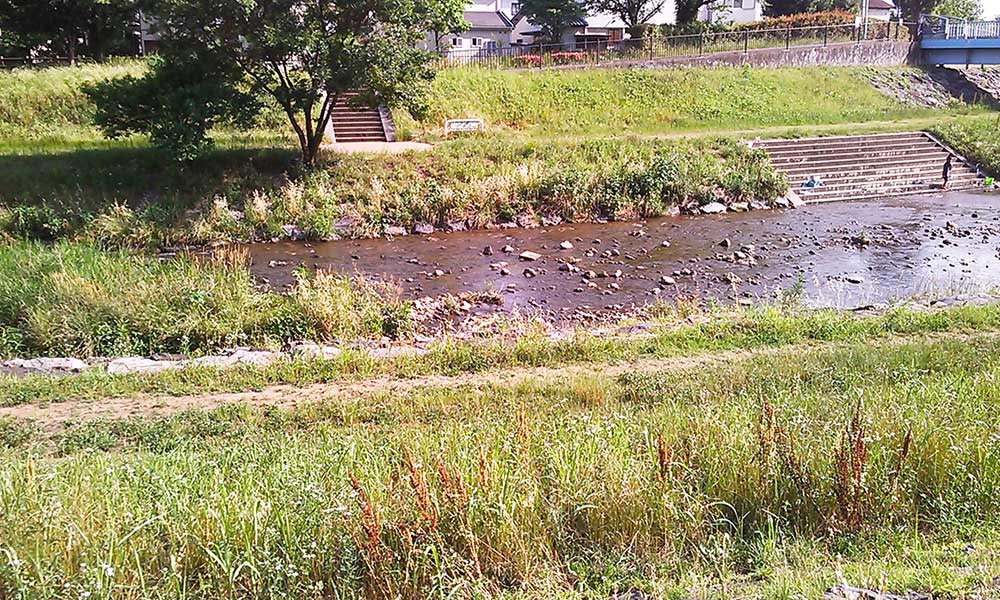
Kiyose City is a friendly city for families with children, with parks and childcare support facilities.
Kiyose City has 12 nurseries, 7 kindergartens, 10 elementary schools, 6 junior high schools, 2 high schools, 5 junior colleges and universities, and 1 vocational school.
The “Child Medical Expense Subsidy” subsidizes the full cost of outpatient and inpatient care for infants and toddlers not yet in compulsory education (until the first March 31st after reaching age 6). For children between the ages of 7 and 18 (until March 31st after reaching age 18), the subsidy is the amount of the insured medical care fee deducted from the self-paid amount for outpatient care up to a maximum of 200 yen per visit, and prescriptions, hospitalization, and home care are fully subsidized.
Child allowances are provided in the following amounts: 15,000 yen for children under 3 years old, 10,000 yen for the first and second child aged 3 or older but not yet entering elementary school, 15,000 yen for the third child and onwards, and 10,000 yen for junior high school students.
Kiyose City also has its own comprehensive support system.
The city issues the “Kiyose City Child Rearing Kirari Coupon” to households with preschool children, which provides a 6,000 yen coupon to be used for child rearing services in the city and a 4,000 yen gift certificate to be used for purchasing products at stores in the city.
The “Children’s Short Stay Program” is a system that can be used when parents are unable to find someone to look after their children due to somewhat unavoidable circumstances such as illness or injury.
The sick child daycare center “TilTilMitil” is a system where children can be looked after at hospitals and other facilities when parents are unable to look after sick children due to work or other reasons.
The city offers a wide range of child-rearing support, including numerous playgrounds for children, children’s halls, after-school clubs, and children’s centers, facilities where parents can interact with babies, and places where children can play safely after school.
There are plenty of facilities for raising children, and there are a relatively large number of educational institutions, including a medical university within the city.
There are some areas where the number of children waiting to get into nursery schools has not been resolved.
How about shopping in Kiyose City?
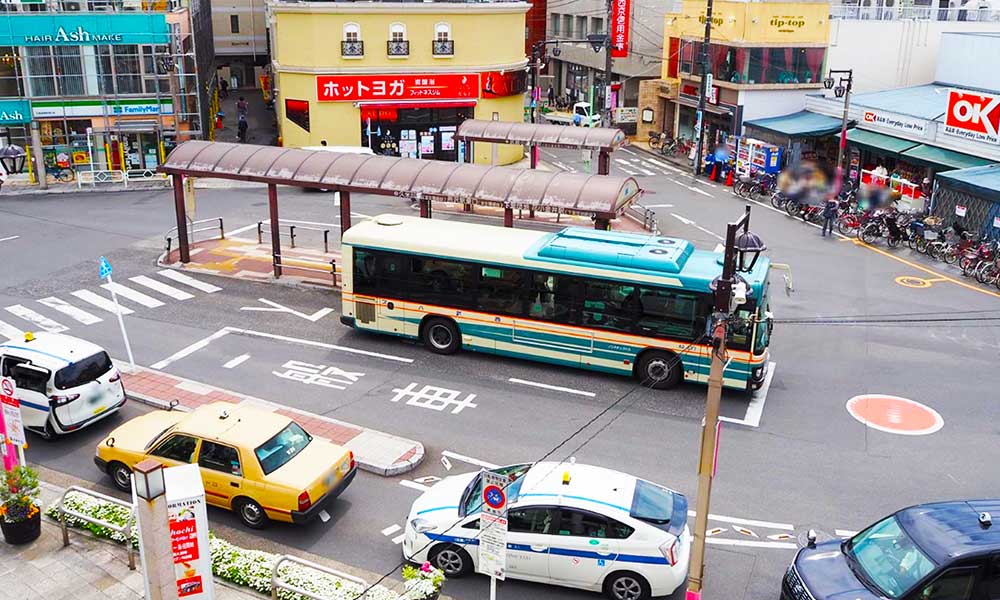
Kiyose City is a convenient local shopping area with many shopping streets and supermarkets.
Although there are few large stores in Kiyose city, there are a relatively large number of small and medium-sized shops, such as supermarkets, discount stores, and shopping streets, centered around Kiyose Station, so you will not have any trouble buying groceries or daily necessities.
There are about five supermarkets in the city.
The Seiyu Kiyose store is located just outside the north exit of Kiyose station, and it is connected to the station by a connecting walkway, so you can enjoy shopping without getting wet in the rain.
At the south exit, there is the OK Store Kiyose store, which is popular as a supermarket with a reasonable selection of products overall.
Also nearby is the shopping street “Minamiguchi Fureai Dori”, which is lined with about 80 stores. It is a popular street bustling with customers, with unique restaurants and delicatessens.
There are relatively many supermarkets and restaurants around Kiyose Station.
There are no large shopping malls and very few places to buy clothing for young people.
How about jobs and recruitment in Kiyose City?
Kiyose City: A city that brings together large corporations and the latest venture companies
The average annual salary in Kiyose City is 3.64 million yen.
Kiyose City is an area where tuberculosis sanatoriums have been lining the streets since the Showa period, forming a major sanatorium area.
Due to this historical background, the city is still home to many of Japan’s core facilities for tuberculosis research and treatment. There are also many medical institutions and medical universities, making it widely known as a “medical town.” As a result, there are a relatively large number of medical job openings compared to neighboring areas, making it an easy environment to find work.
It’s an easy place to search for medical jobs.
Compared to urban areas, there are fewer job openings in these areas. In particular, there are fewer large companies and industries, so your job options may be limited.
Kiyose City, Tokyo’s unique subsidy/subsidy system
Kiyose City, Tokyo’s unique housing assistance and subsidy system
Kiyose City, Tokyo’s unique childcare support system
Kiyose City, Tokyo’s unique system for further education and tuition assistance/subsidies
| School attendance assistance/school attendance incentives |


















